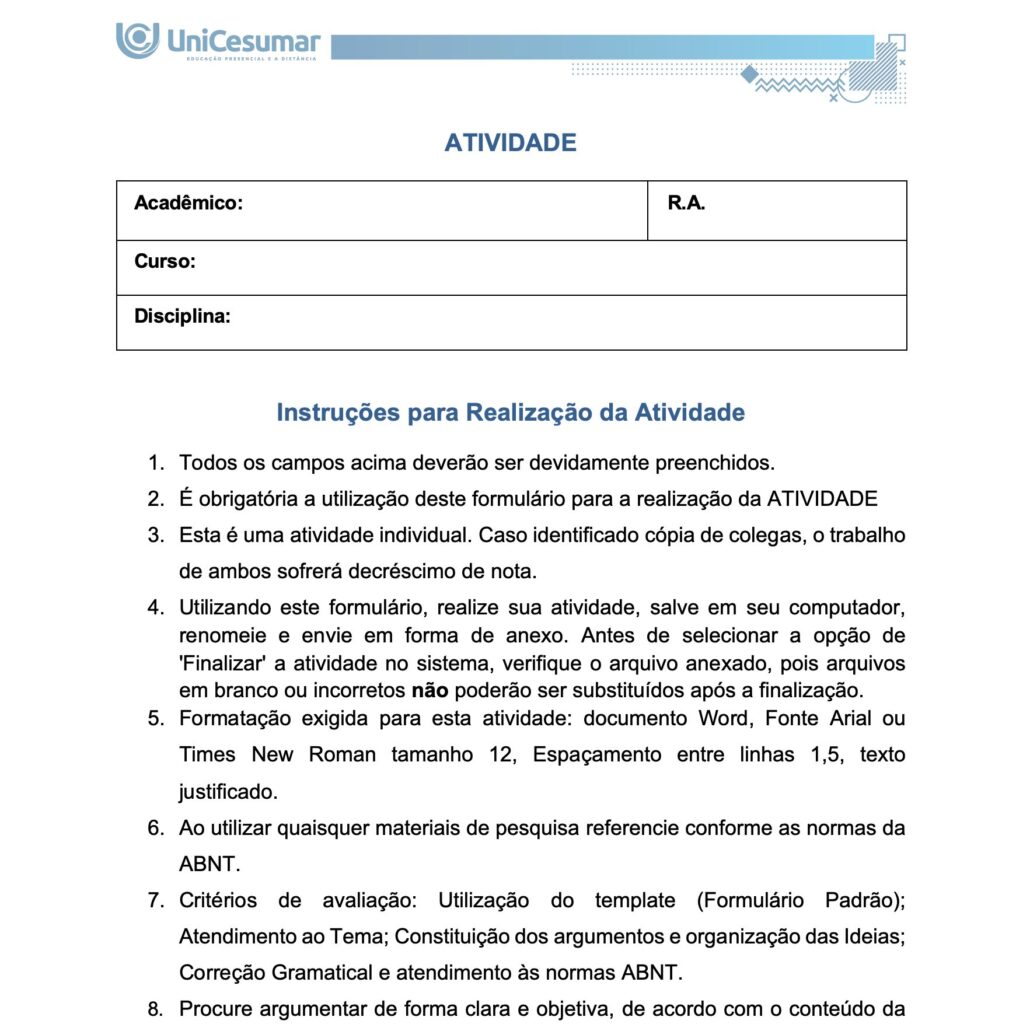Centered on the development of architectural projects in favelas and peripheries, the work of Coletivo LEVANTE showcases a deep sensitivity to the unique characteristics and nuances of these environments. According to the group, "the recognition of what already exists and is attributed with values lived and earned by the favela residents — landscapes, constructions, identities, and relationships" is what they seek as the raw material for their projects. This approach is evident in projects such as Centro Cultural Lá da Favelinha and House in Pomar do Cafezal, winner of the
2023 Building of the Year Award by ArchDaily. (…) The network of professionals, suppliers, partners, and collaborators extends beyond the collective itself, proving to be a valuable factor in realizing their projects.
In an interview with ArchDaily, they discussed the challenges of working in peripheral contexts. Still, more importantly, they highlighted the opportunities and shared the learnings and experiences gathered over their six years of existence. Check out the interview below:
Susanna Moreira (ArchDaily): How did Coletivo LEVANTE come about?
Coletivo Levante: The origin stems from the convergence of two distinct actions. In 2007, Fernando Maculan, Rafael Yanni, and Mariza Machado Coelho initiated a series of projects in the Aglomerado da Serra and Morro das Pedras neighborhoods in Belo Horizonte through the firm MACh Arquitetos. Among these projects, the revitalization of Beco São Vicente stands out. It combined the creation of three small squares with spaces dedicated to the Association of Seamstresses of Aglomerado da Serra.
During this same period, Maculan joined Laboratório Piracema de Design, led by the artist Heloísa Crocco, which proposes research into form in Brazilian culture through knowledge exchanges between professionals with diverse academic backgrounds and artisans holding traditional knowledge and skills. As one of the outcomes of Piracema, in 2017 Maculan was invited by SEBRAE-MG to work with urban communities and organize a fashion upcycling workshop in Aglomerado da Serra. The REMEXE brand emerged from this initiative, which now, directly and indirectly, impacts dozens of residents.
(...)
In organizing the workshop, Maculan first encountered Kdu dos Anjos, the artist behind the Lá da Favelinha Cultural Center. To give the building as much freedom as possible in the face of the imagined uses for the center, Maculan proposed a joint action of architects to rethink the project and form a network of partnerships for the feasibility of the works. At that moment, the collective was conceptualized, a small nucleus formed by Fernando Maculan, Joana Magalhães, and Paula Zasnicoff.
SM: What are your areas of operation?
CL: Coletivo LEVANTE has been dedicated to architectural projects in favela and periphery contexts, with an emphasis on programs of a collective nature or, even in private contexts, those that can manifest as an expandable or replicable process to a larger number of people in these territories and communities.
We have also embraced the idea of recycling in different forms of operation, such as in the design of furniture for the Cultural Center and the parklet in front of it, built with metal desks from the municipality's unusable stockpile, as part of a partnership with Movimento Gentileza and Coletivo Micrópolis. In both cases, residents of the community, mostly children and young people, were directly involved in the creation and production processes.
Coletivo LEVANTE also organizes and designs exhibitions, such as the one presenting the work of Lá da Favelinha at the Museum of Fashion in Belo Horizonte (MUMO). Our areas of operation are constantly evolving, guided by the opportunities that the time spent in each territory can bring to light.
SM: LEVANTE defines itself as a collective focused on developing projects in favelas and peripheries. What are the main challenges and the biggest learnings from designing in this context?
CL: The most sensitive challenge is to establish bridges over the barriers between favelas and other parts of the city. We seek to overcome it through presence, listening, and affection. There are also physical and spatial challenges in dealing with the precariousness of access, mobility, and infrastructure.
[...]
SM: How does the collective's design process work? In what way, or to what extent, do the dynamics between the favela and community life influence this work?
CL: For everything we have done so far, whether due to the intermittent availability of the collective's members and their voluntary collaborators or due to the discontinuous financial flow in the execution of the works, we like to repeat an expression that carries a pun with a dance style very present in the favela: one step at a time.
Regarding the influence of community life dynamics on our work, we highlight two approaches that particularly interest us: subverting our professional practice and including recycling as a way to save resources and value what already exists, a culture that can be identified in the favelas, where upcycling was already established long before this term became commonly adopted.
[…]
SM: How do you perceive the relationships between the center and periphery in the context of architecture and cities? How to seek strategies that distance themselves from the imposing and hegemonic logics of acting in peripheral contexts?
CL: It is essential to reverse the understanding of people and places in Brazil that are labeled as "marginalized" due to economic, racial, gender, or territorial issues, leading them to occupy their center, a symbolic place of belonging and identity. Today, more than 17 million Brazilians live in favelas. The certainty that Brazil can become an example of social transformation and exaltation of the values of historically overlooked communities, whose practices can be highlighted and strengthened by actions like ours, is what drives us today.
What distances us from the imposing and hegemonic models of acting in peripheral contexts is, first and foremost, the way we enter the community, which is through local leadership whose work is already affirmed and recognized by residents. Next, we seek to establish a relationship governed by the continued presence of Collective members, from the initial movement of decision-making with the community, through the elaboration, development, and feasibility of projects, to post-occupation actions of the buildings.
[…]
SM: Could you talk about some of the ongoing projects?
CL: In Serrão, the priority projects for 2023 include the House at Beco Dourado, the Favelinha Records music studio, the Torre de Bebel Art Gallery, and the Canão Sports Court, a space dedicated to sports and culture that can serve as a complementary structure for the integrated education of nearby municipal schools. The collective also conducted a study for the Favelinha Shopping Center at Belo Horizonte's City Market to bring to other audiences what is produced in the favela through the actions of the Cultural Center.
[…]
Fonte: https://www.archdaily.com/1013765/one-step-at-a-time-an-interview-with-coletivo-levante. Acesso em: 20 jun. 2024.







